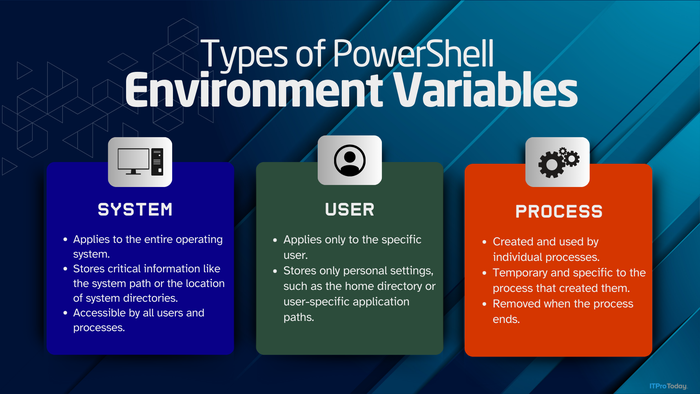How AI Is Set To Transform Enterprise CommunicationsHow AI Is Set To Transform Enterprise Communications
By dynamically providing relevant information in real time, assorted AI applications can ease friction in collaborative workspaces.

Since the pandemic revolutionized remote work, collaboration technology has largely plateaued.
Video conferencing platforms like Zoom and Microsoft Teams have become staples, but their functionality hasn’t evolved significantly.
However, artificial intelligence (AI) is poised to bring transformative changes to enterprise collaboration, with next-generation video capabilities, AI-powered tools, and personal bots promising to streamline workflows and spark creativity.
From Intent to Action: Shrinking the Workflow Gap
One of AI’s most significant impacts on collaboration, explained Will McKeon-White, an analyst at Forrester, will be its ability to reduce the time between expressing intent and achieving outcomes.
“Meetings typically serve a purpose—to make decisions, share updates, or progress a relationship with a client,” he said.
The traditional process of gathering, synthesizing, and sharing information often adds friction to these objectives.
AI has the potential to eliminate these inefficiencies by dynamically providing relevant information in real time.
For example, when a project manager asks about a task’s status during a meeting, an AI agent could automatically pull data from tools like JIRA or Trello and present it immediately.
“We’re starting to see a shrinkage in the time between saying, ‘I want something,’ and that something being displayed or happening,” McKeon-White said.
This shift could also extend to automating routine tasks, such as generating client-facing reports or preparing draft presentations.
Read the full story from our sister publication No Jitter >>>
Read more about:
No JitterAbout the Authors
You May Also Like








.jpg?width=700&auto=webp&quality=80&disable=upscale)
